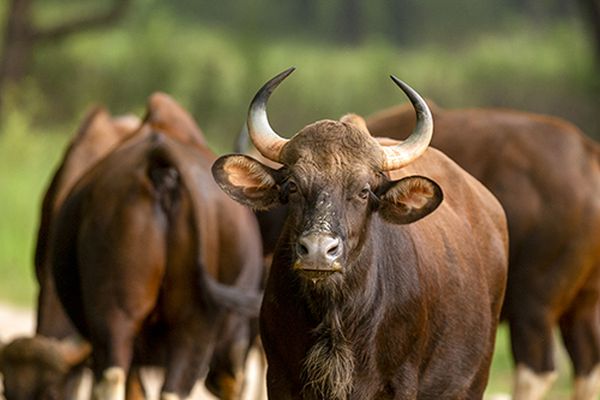Conservation In Kanha
The success of Project Tiger’s first phase was particularly evident at Kanha and at Ranthambhore National Park in Rajasthan, and the annual visitor ship to both parks dramatically increased. From 1989 to 1991, an intensive collaboration at Kanha between the Centre for Environmental Education in Ahmadabad and the United States National Park Service (under the auspices of the Indo-U.S. Sub commission on Science and Technology) resulted in the installation of a multifaceted informational programme at Kanha, consisting of a park museum, two orientation centres, and a variety of publications (see below). By the early 1990s, these new features, together with the park’s biodiversity, the expansion of tourist infrastructure, and the reserve’s enviable record for research, monitoring, and security, had made Kanha, in the opinion of many observers, the premier national park in India and one of the finest wildlife reserves in the world.

The two most important factors in Kanha’s rise to a pre-eminent position in the network of protected areas in India have undoubtedly been its record in tiger conservation and its role in saving the barasingha. Over the past decade, the official census of tigers in Kanha has hovered at about 100. Since 1970, the barasingha population has rebounded from a perilous low of 66 animals to the 400-500 range.
Along with distinction and fame, however, have come challenges, both for the present and for the longer term. Like every reserve today in the “tiger range” states (13 nations besides India, including China, Russia, Nepal, Bangladesh, Indonesia, and the states in the Indochinese region), Kanha continues to face a relentless threat from tiger poaching. Since the early 1990s, the slaughter of the world’s greatest cat, lord of the jungle and a timeless symbol of power and majesty in many Asian cultures, has been systematically continuing, largely for the value of tiger bones in traditional medicine preparations. The statistics are chilling. India alone, with 60% of the world’s tigers, may be losing as many as one tiger a day to poachers. With the world population of the species at fewer than 5,000, the danger of extinction in the wild by the year 2020, if not sooner, is all too real.
Because the vast majority of visitors to Kanha are attracted there by the prospect of seeing India’s national animal in its natural habitat, tiger conservation is closely linked to the future of Kanha National Park. Less visible on the surface, but equally critical in the long run, is the level of cooperation between the park and its neighbours, the 150,000 or so inhabitants of “village India” that live on every side. In a participatory economic framework, and with goodwill, the future seems bright, given Kanha’s advantages. But, as with nature reserves around a world with an exploding population, hard work and constant effort will be required.
ENQUIRE NOW
Lets plan your safari tour. Please fill the enquiry form below and our team will get back to you within 24 hours with a perfect safari package.









